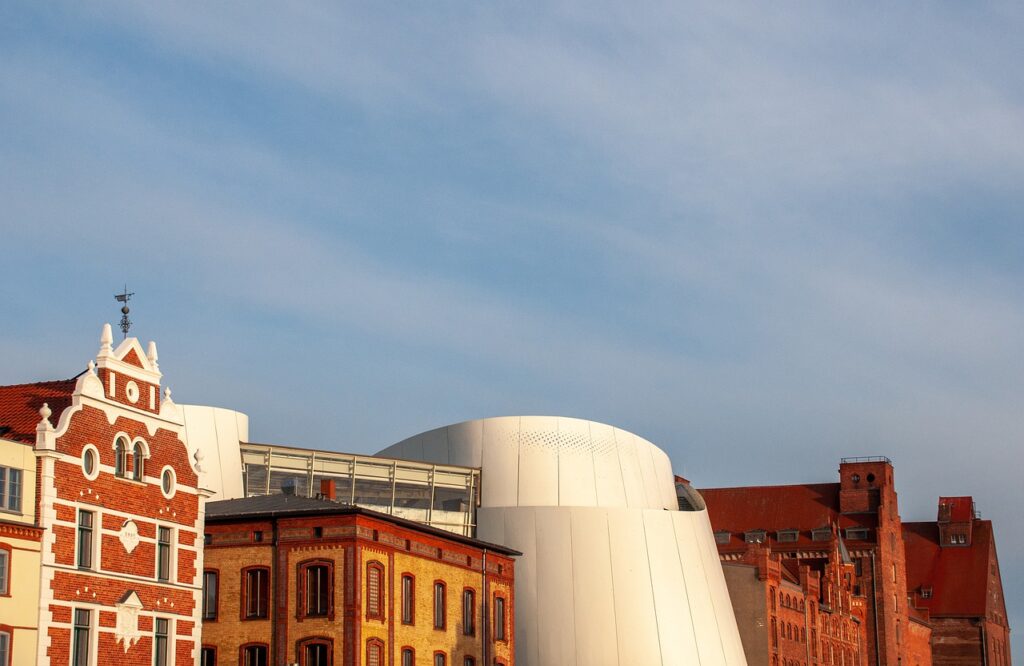While sound is normally connected with the volume of noticeable noises, noise can exist at frequencies far outside our range of hearing– which is up to about 20 kHz. In fact, the majority of what electronics designers and developers would classify as noise can only be seen, on an oscilloscope or comparable devices, and not heard. Whether heard or seen, what we typically refer to as noise has the exact same result: it is intrusive.
Some customers whose styles are intended for especially requiring applications– such as high-power or high speed circuits– discover that FR-4 often just does not do the task at those greater frequencies. In these cases, we are constantly delighted to help you find a laminate material to match your particular requirements, and our highly personalized PCB Assembly Process can be easily adapted to make certain your job preparation is not impacted. Please note that our PCB Fabrication Calculator approximates pricing based on FR-4 material, and you might see some extra expense on your main quote if you pick a different substrate. A picture of the datasheet for FR-4 material is shown below for recommendation.
The PCB Laminate Materials you pick for your circuit board style can be critically crucial to the overall performance and shelf-life of your end product. When running frequencies wander into the Microwave and even RF areas, your PCB Laminate Material choice will have a substantial effect on the general loss of the completed circuit, after Complete PCB Assembly. Electrical, thermal, and mechanical properties should all be thought about thoroughly when determining the very best material fit for an offered PCB Fabrication project, making the choice process somewhat multi-faceted. Thankfully, Bittele Electronics is here to help.
A high-frequency PCB can satisfy your needs when including a special signal requirement into your electronic elements and items. It uses a frequency range of 500MHz – 2GHz, making it preferably fit for high-speed designs, in addition to radio frequency (RF), microwave and mobile applications. These greater transmission frequencies can likewise offer the faster signal flow rates that are a requirement in today’s progressively intricate electronic switches and other elements.
High frequency PCB design can appear esoteric, and I’ve heard lots of an engineer describe it as black magic. The subject is also a bit complicated, specifically as soon as somebody asks which frequencies could be fairly thought about high. The truth is that a few of the difficulties present in high speed style also appear in high frequency style, however we consider them in various ways. Before you do anything inside the layout for a high-speed or RF PCB, you will need to take note of the materials being used in the board.
The density is most important due to the fact that it will figure out the linewidth that is needed to hit your target system impedance. This is a fundamental part of any RF PCB because components and any printed elements will overwhelmingly be developed to a 50 Ohm system impedance. Even if you’re utilizing impedance matching circuits to match printed circuit impedance to the system impedance, the substrate thickness will still determine the impedance mismatch you need to compensate in your matching circuit due to the fact that it sets the distance to the ground airplane on the next layer.
A lot of designers that need to build a PCB operating at radio frequencies will usually select a low-loss FR4 laminate or low-Dk PTFE laminate, and then they will call it a day. Low-Dk is not always needed, depending upon frequency naturally, and you might operate simply fine with a standard laminate or poosibly a high-Dk laminate for your particular application. If you’re uncertain which high frequency PCB materials you should utilize, then keep checking out to learn more.
Special materials are required to achieve the high frequency supplied by this kind of printed circuit board – any modifications in the Er value of these materials can impact the impedance of the board. Many PCB designers rely on Rogers dielectric material for its lower dielectric loss, reduced signal loss, lower cost of circuit fabrication and better viability for fast-turnaround prototyping applications. Apart from selecting the appropriate PCB material and determining the appropriate the value of the Er, designers need to take parameter such as conductor width and spacing, substrate continuous into consideration. blind via need to be exactly defined and executed with the highest level of procedure control.
Subscribe to Updates
Get the latest creative news from FooBar about art, design and business.
4 Mins Read
